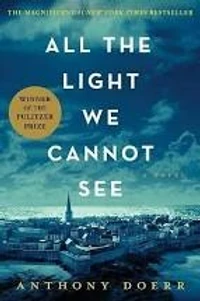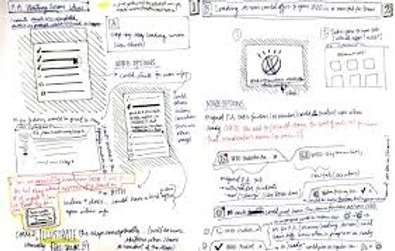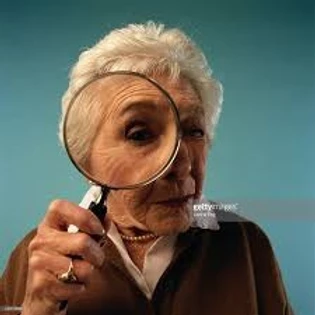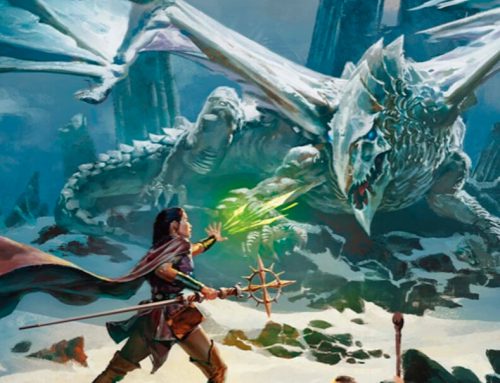
Setting: The Devil, the Details and the Donut.
Where is the world will your story be?
Or maybe you will be out of the world ~ past, present or future! Only authors get to have this much fun creating ~ but it can also be overwhelming.
I will break it down for you with ‘ready to use now’ tips and ideas!
Ready?! Let’s do some exploring!
First: Be intentional
Ground your reader by avoiding anonymous settings.
Every bar, classroom, bedroom, forest has something about it that is unique.
You don’t need to spend paragraphs on describing a bedroom–but include a few “stand out” details that will make that room different from all the others. BONUS POINTS if those “stand out” details add to characters or plot.
Example: Your character is depressed because she had to move and change schools. Again. So, she does not hang any posters or pictures. To communicate this and describe her bedroom, you could write: “Her walls are as bare and empty as she feels.”
Two bedrooms and two totally different messages communicated through the setting.

Second TIP : Be Authentic
If you are in recognizable place, such as New York City, Hawaii or Alaska, you need to do some research.
Strive to be authentic. A reader who has been there (or lives there), should feel comfortable in recognizing the weather at that time of the year.
The way people talk, dress and interact with each will be different on a Hawaiian Island verses New York City.
If a reader has not been to place where your story is set, you want them to feel like they “know what it’s like to be there”.
That’s one of the joys of reading–discovering new and exciting places!
Third Tip: Use all the senses!
Don’t forget the “other senses!” Yes, we are a very visual society and what we see is important, but so is what we hear, taste, smell and touch.
I read an excellent book All the Light You Cannot See and one on the main characters was blind. It was fascinating to read the descriptions from this character’s P.O.V.
Ideas:
From time to time, Pretend your character is blind or deaf.. What would your character focus on when he/she walked into a room?
When you are in a place, especially if it is similar to a setting you are writing about, pay attention to what you hear, smell, taste and touch.
Descriptive Writing and the Five Senses.
- The tiny red crabs crawling across black rocks. (sight)
- Wood burning in the fire pit (smell).
- The faint taste of salt on the breeze (taste).
- Flies buzzing around seaweed (sound).
- Sand crunching between your toes (feel/touch)
Here’s a fun little video to get the writing juices flowing. All five senses are exploding here! Take a few minutes to explore all 5 of your senses.
Because this really is so important, I have also take the time to break ideas each and every sense and give you some great ideas!
A Breakdown of each sense
Sight
How to write a setting How to write a setting
Select unique details.
Readers can “fill in” a lot of the “ordinary” information, so give the reader unusual, but important, details to focus on.
Don’t describe the girl as being obsessively in love with Professor Walter – show her scratching “Mrs. Walter” into the ancient Oak library table.
Good descriptive writing is all about quality, not quantity.
Below are two short videos: New York City Video Montage (with a great sound track) and a tour of the filming locations for Jurassic Park on Kawai’. Both are excellent examples of the impact of sight and sound on a scene.
Smell
Smell is the most associated with memory. So, use smell as a way to trigger a character’s memory and/or transport the story through a flashback.
Smells can indicate when something is wrong, rotting or dying– a house that reeks of dead rat will create an entirely different setting than one that smells of fresh baked Apple Pie.
Smells are also effective to show where there’s hope, as in the morning after a rain or a jasmine carried on a warm summer breeze.
A character’s “smell” will tell the reader a lot about the character–the social status, age, hygiene, where they live/work/hobbies, and so forth.
Sound
“Silence is golden” and almost as rare. Almost all setting has some sound.
Be aware of your surroundings–what do you hear in different places? What sounds come from a distance–traffic noise, birds in a jungle, the tide–and what sounds are more immediate–a person’s voice, a ticking clock, heels clicking across the marble lobby. Hearing a heartbeat, breathing.
Ideas to incorporate sound:

Similes and Metaphors: Comparison of two unlike objects: “the howl of the storm’s winds sounded like a terrified child
Taste
This is one of my favorite scenes to explore taste!
Eating and drinking is a fantastic opportunity for character and plot development, but you must go beyond the “the lemon-aide was sour as it went down her throat” kind of stuff.
In other words, don’t describe the taste of something just to ‘get it in there.’ Be intentional.
Social status: Filet mignon steak or boiled potatoes? Is the dinner plate full? Or does the character dig for loose change to buy a hamburger? A fine wine? Or pond water?
Where they live: Is it seafood? Is it roasted rabbit? Troll gruel? Meaty stew? Pepperoni pizza.
“Time” period: Food eaten 100 years ago is different from today and different from what might be eaten in outer space.
Does the character eat when he/she is nervous? Or happy? Is there strict rules during a family meal? Or do family member eat whatever and whenever.
So, think of “Taste” as so much more than what’s in the character’s mouth, but what food/drink that is available to the character tells the reader about the character.
This is a great dinner scene from Shrek II.
It shows the conflict between social classes of the characters–the expectations of how and what they will eat. More importantly, as the dinner scene progresses, the characters’ dialogue (as emphasized by how they are eating) highlights the stakes and the tension in the plot.
Touch
Everything has a “feel” to it. Most of the time, it does go unnoticed.
However, it is a perfect opportunity to make a point about the setting or something your character is experiencing.
Ideas:
If your character is feeling uncomfortable or nervous, they may feel clammy or short of breath.
If the restaurant setting you’re creating is supposed to be creepy and uncomfortable, you might make the menus sticky or have jagged ripped edges on the booth.
As opposed to a romantic restaurant setting where you would want to have a silk napkin, a silky rose in a smooth crystal vase and a warm crackling fire.
A character can also “react” to something physical in the room without actually touching it: a tombstone, a puppy, a pool of blood, a sunflower, and so on.
The impact Touch can have on your plot, theme, character and setting is both powerful and endless. Take full advantage of these opportunities!
In this “Graveyard Scene” from Beatle Juice, note how much “touching” and physical interactions occurs.
It helps to weave the delicate intention of being both frightening and funny.
Imagine how less powerful the scene would have been without the add “touch.”
The “Sixth” Sense: “Feels”
Different than “touch”, this is the ‘gut’ reaction your character will have to the situation he or she is in at that point in your story.
One “trick” to help you make this as effective as possible is to use the formula
ACTION > REACTION. What happened in the story and how does the character react to it.
You’ll need to select which moments in your story should have the strongest reaction. (I suggest you write in a lot of reactions in your first draft, but be prepared to edit those out in later drafts.)
Warning! This are truly Heartbreaking Scenes, BUT, notice the small details that bring them to life. It truly is the “little things” that allows the audience to connect and to feel.
Details! Details! Details!
and How do I add them to my writing….
“The Devil is in the Details” and nothing could be more true than in writing a story.
Unlike other forms art (such as movies, paintings, photography) we authors only have words to create an experience.
Specific details makes the difference. Period.
Think Specific Nouns. Think Action Verbs. Think Figurative phrases.
Stay away from stringy adjectives and weighty adverbs.
No: “The cute guy with almond brown eyes and flashy smile.”
Yes: “His model perfect smile and mysterious dark eyes melted my body with just one look.”
How do I do this in my story?
Step 1: First, you don’t worry about it in your first drafts. Just get the story down
Step 2: With a few selected scenes, or pages, or a short chapter–Bring out your Sketch Pad
Get comfortable. Favorite writing clothes, munchies and music. Spread out and enjoy this part of the process.
Then, as you revise, you take each “scene” (probably about 1 to 3 pages) and “live it.”
~What would you see, hear, taste, touch, smell and feel?
~What is the intention of that scene? How can that intention be better served with sensory details?
With clusters, lists, drawings, charts. Colored pencils, best pens, thick sharpies–go crazy.
Get every possible detail that comes to mind about your characters and your settings. Don’t edit. Just flow. (Get the ordinary details out the of way first. These are no good to you).
Now, search for the unusual, original and unexpected. This is where you get specific. This is the fun part.
After you revise that ‘scene’ with the new, added details, let it marinate. Let it rest for for a few days, or even a couple of weeks. Move on the next one.
Then go back to that scene and ‘trim.’
Chances are, you over-added and that’s okay. Prune. Trim. tighten.
Now it’s ready for your writing group!
I always want to leave you with more resources. There’s so much great info out there! Here’s a few of my favorites!
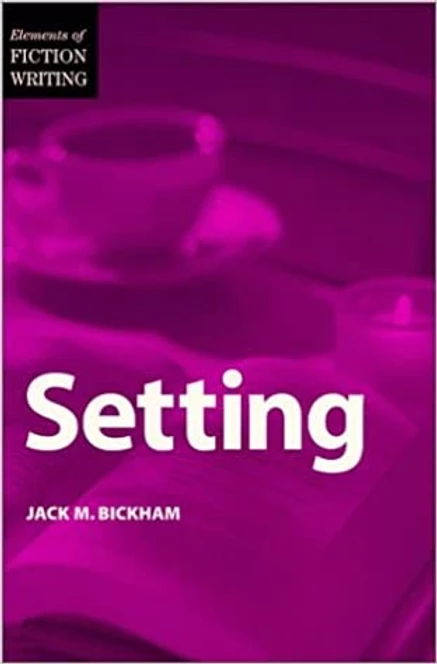
Setting is the unifying element in most fiction, working in concert with plot, characterization and point of view. Here you’ll explore how to use setting as the basis for creating dramatic, engaging stories.
Focusing on detail, language and observation, Jack Bickham’s invaluable instruction will not only improve your ability to create a strong setting, but also enhance your writing skills as a whole.
You’ll learn:
– the function of setting within the fiction writing process
– how setting works with plot, characterization and point of view
– the effect of setting on unity
– ways to generate story ideas through setting
– techniques for creating setting
– how to use setting as a thematic device
– methods for using setting to stimulate your reader’s senses
– how to incorporate factual information for texture and authenticity
– exercises for improving your powers of observation
– tips for recording ideas, events and descriptions using notebook entries
Recommended Reading

